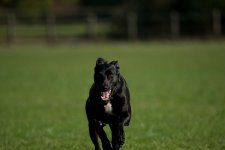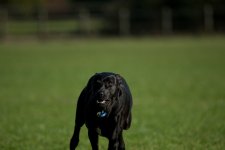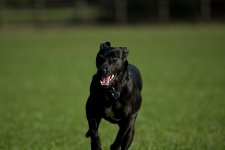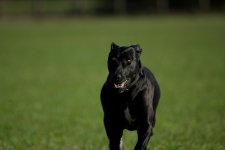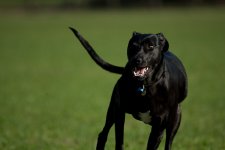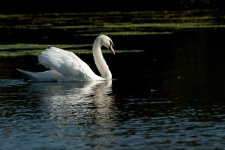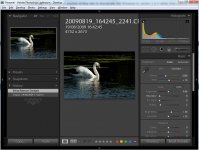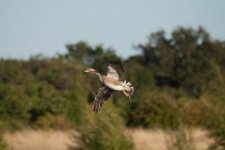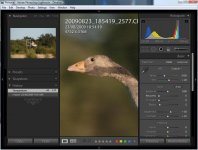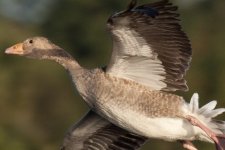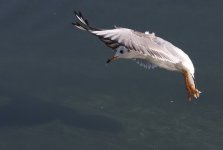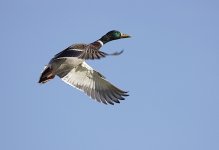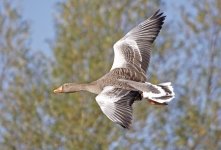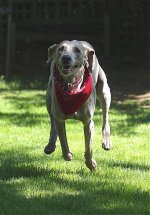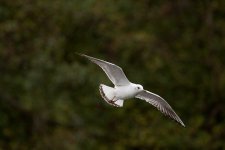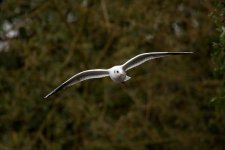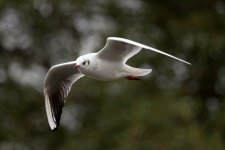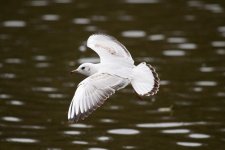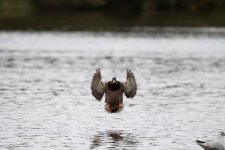......... I don't doubt that there were problems with some early copies but I do believe that those problems are behind us.
As for my shooting, I used f/5.6 for several reasons....
1. I wanted as much background blur as possible, to isolate my subject;
2. I wanted high shutter speeds and low noise;
3. I wanted to test/prove the AF performance of the camera, and my most recent tweak of the AF microadjustment. At 400mm and f/5.6 your DOF does become pretty slender when pixel peeping at 100% and there is precious little margin for error.
Of course, at 400mm and wide open at f/5.6 the 100-400 zoom is perhaps not the sharpest option in Canon's lens lineup but it is the best I've got available to me.
By the way, shooting running dogs is quite a challenge too. Here are the last five frames (being nearest the camera they are the most demanding shots as the relative closing speed is faster) from a sequence of 18 (in under 3 seconds) that I shot of my lurcher (greyhound cross) coming towards me at a fair old lick. I've uploaded the full 18 frame sequence to an online album here -
http://picasaweb.google.com/EezyTiger/Zippy. These were also at 400mm and f/5.6. They were shot raw and resized and converted to JPEG in Lightroom on default settings, no edits.
EDIT : p.s. there is a recommendation on another birding site to downgrade 1D3 firmware to version 1.2.3 rather than running the latest 1.2.5 -
http://www.ukbirdphotographers.net/...1&t=4162&sid=a6d91d3520cf4c2fb65d72a2f82653fd. I don't know why. I'm running 1.2.5 and the results speak for themselves.




